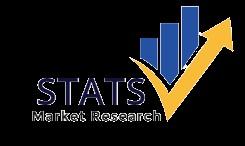














Butter is a dairy product made by churning cream or milk to separate fat components, widely used in cooking and baking. Margarine is a plant-based alternative produced from vegetable oils like canola, palm, and soybean, designed to mimic butter's properties while offering different nutritional profiles. Both products serve as essential fat sources in food preparation, though they differ significantly in composition and consumer perception.
The market growth is driven by evolving dietary preferences, with butter maintaining dominance due to its natural appeal (holding 85% market share), while margarine gains traction among health-conscious consumers. Asia-Pacific and Europe collectively account for 70% of global demand, reflecting regional consumption patterns. Key players like Upfield, Arla Foods, and Land O'Lakes (holding 10% combined market share) are innovating with functional variants to capitalize on emerging health trends and expanding food industry applications, which represent 60% of total usage.








Global butter and margarine market size was valued at USD 63.37 billion in 2024. The market is projected to grow from USD 65.59 billion in 2025 to USD 79.98 billion by 2032, exhibiting a CAGR of 3.5% during the forecast period. CAGR of 3.5% (2024 – 2032)








Food Industry
Household
Food Service
















• Upfield (Netherlands)
• Arla Foods (Denmark)
• Land O'Lakes (U.S.)
• Lactalis (France)
• Bunge Limited (U.S.)
• Fonterra (New Zealand)
• Wilmar International (Singapore)
























